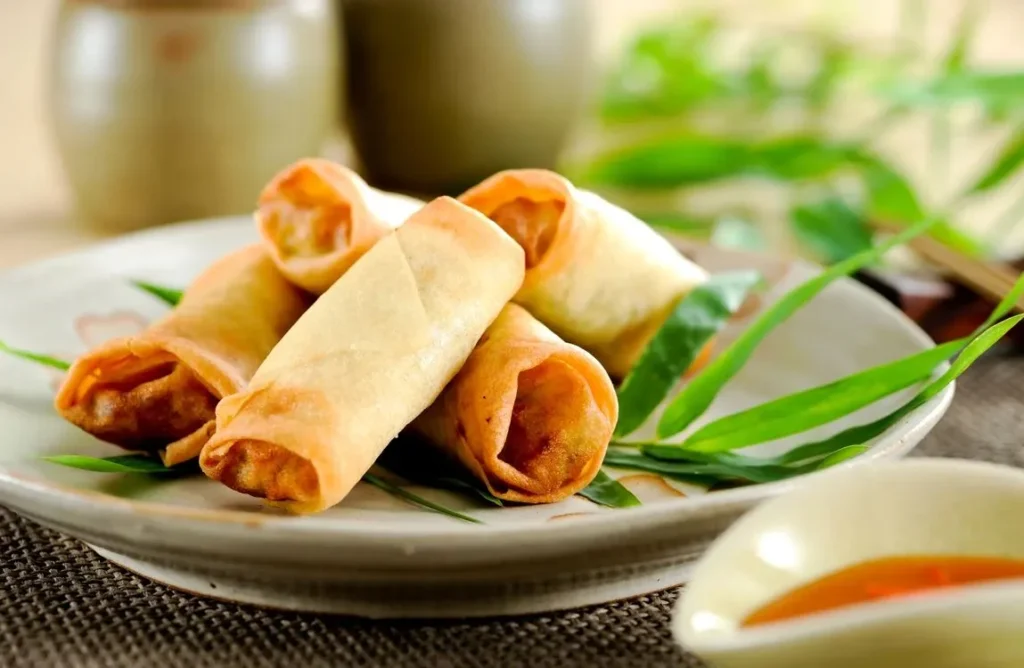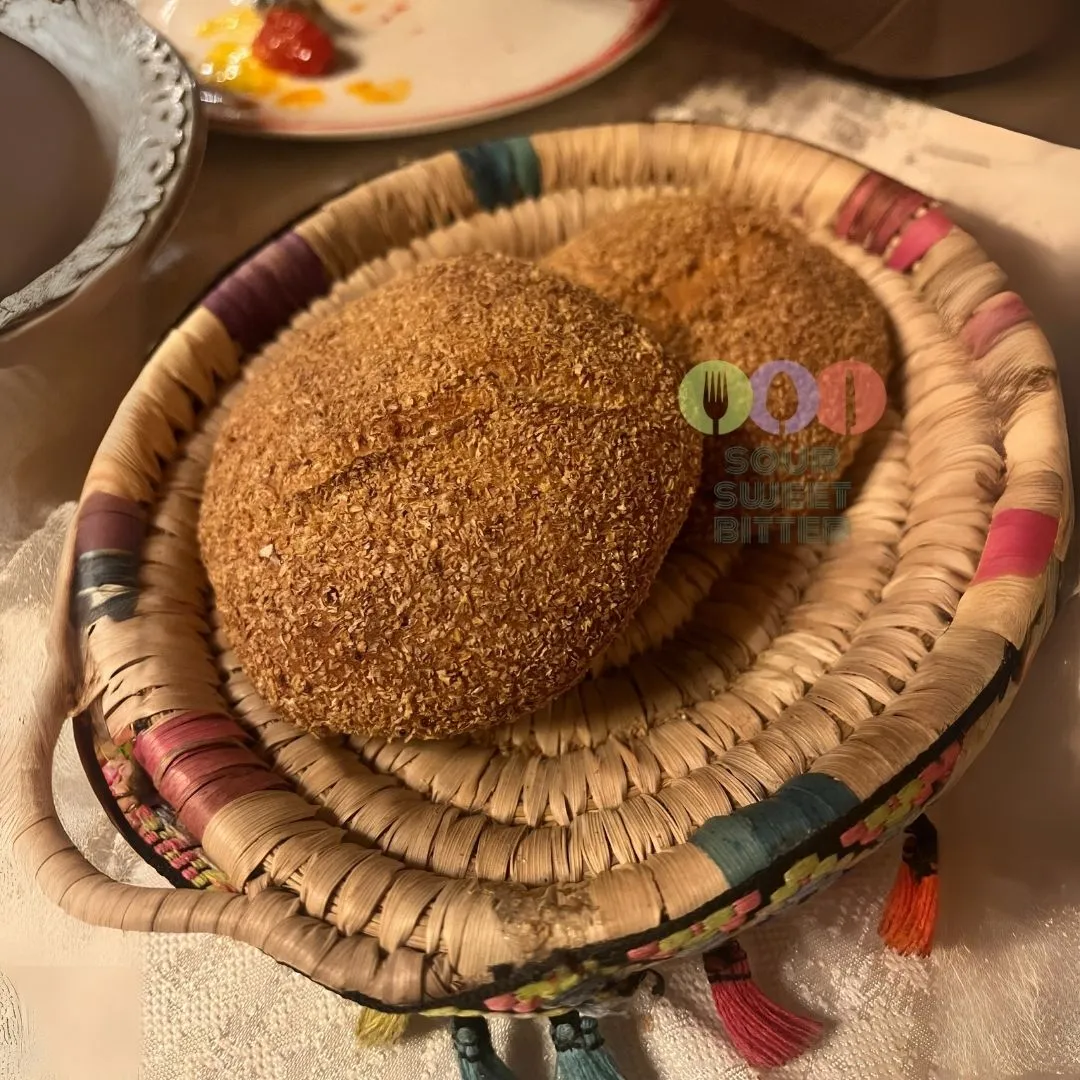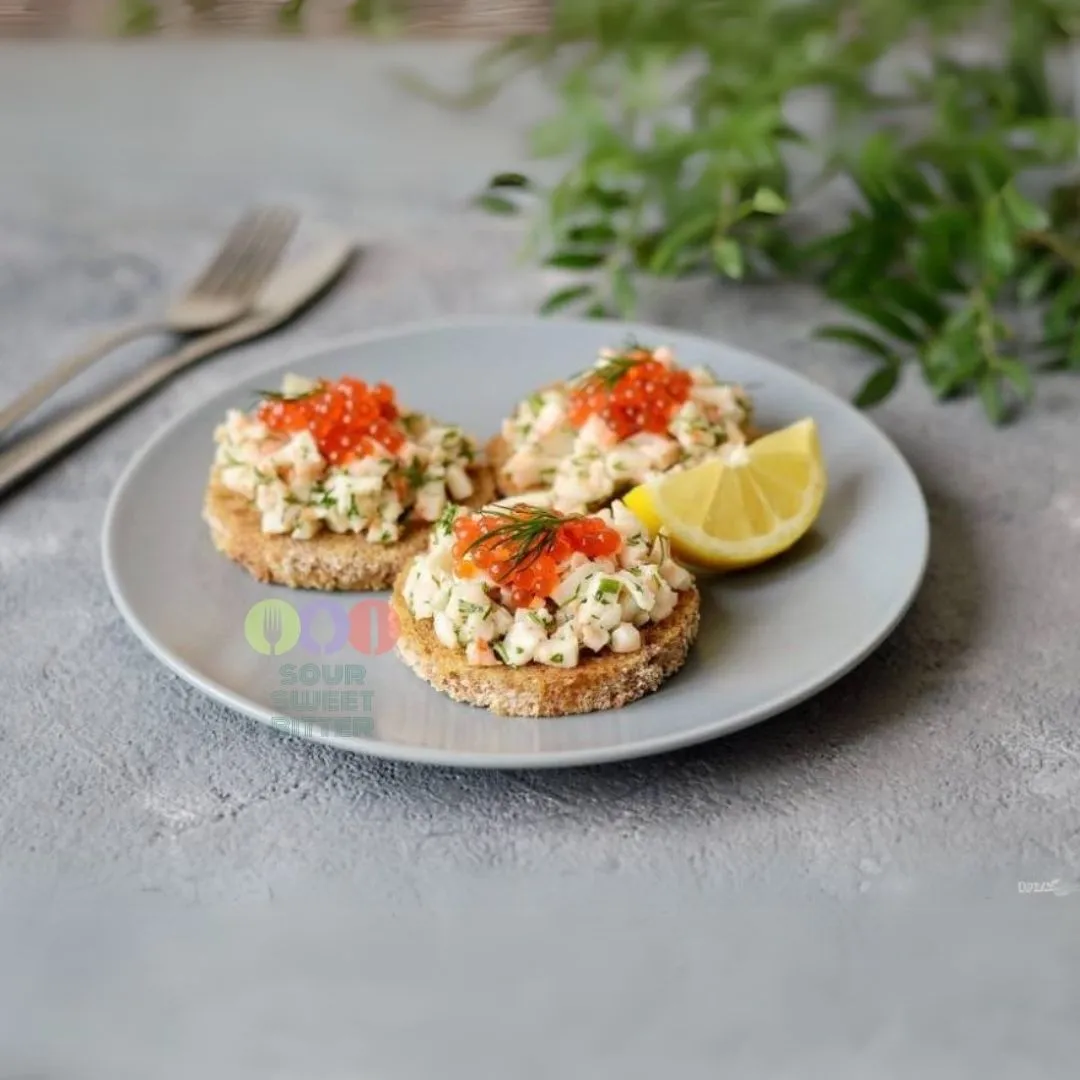The Cultural Heritage and Evolution of Chinese Spring Rolls
Chinese Spring Rolls represent centuries of culinary tradition and cultural symbolism. These crispy, golden delights have become a favorite worldwide, but their roots run deep in Chinese history. By exploring their origins and cultural importance, we gain insight into their place in Chinese cuisine and their enduring appeal.
Origins of Spring Rolls
Spring rolls have a long history in China, dating back to the Eastern Jin Dynasty (265-420 AD). People originally referred to them as “spring cakes,” which were simple pancakes filled with vegetables. They ate them to celebrate the arrival of spring, symbolizing the renewal of life and the end of winter’s harshness. Over time, these spring cakes evolved into the rolled and fried versions we know today. They now feature thin, crispy wrappers and a variety of fillings.
Cultural Significance and Symbolism
In Chinese culture, these rolls symbolize prosperity and often appear during Lunar New Year celebrations. Their golden, cylindrical shape resembles gold bars, representing wealth and good fortune. Many believe that eating them during the New Year brings success in the coming year. This cultural importance makes them a staple in festive Chinese meals and gatherings.
Ingredients and Variations
The appeal of spring rolls lies in their versatility. Traditional versions typically include shredded vegetables like cabbage, carrots, and bean sprouts, along with seasonings such as soy sauce and sesame oil. In some regions, cooks add meat like pork, chicken, or shrimp for extra flavor. The filling gets wrapped in a thin, delicate skin made from flour and water, then fried to achieve a crispy and crunchy texture.
Different regions in China have developed their own variations. In the south, particularly in Cantonese cuisine, they are lighter and often come with a sweet dipping sauce. In northern areas, people make them more savory and sometimes use thicker wrappers. This regional diversity showcases the adaptability of this dish and how it has been embraced throughout China.
Spring Rolls Around the World
As Chinese immigrants shared their culinary traditions worldwide, spring rolls gained international popularity. They adapted to suit local tastes, resulting in various versions, such as the fresh, unfried Vietnamese rolls or the lumpia of the Philippines. Despite these adaptations, the essence remains: a flavorful filling inside a crispy wrapper.
Conclusion: A Dish Steeped in Tradition
Spring rolls offer a delicious taste of history and tradition. They have evolved from simple spring cakes to the crispy treats enjoyed today. They carry the cultural significance of prosperity and renewal. Whether served at a festive gathering or as a tasty snack, they embody the rich tapestry of Chinese culinary heritage. Their journey from ancient China to modern tables around the world reflects their lasting appeal.
Discover Traditional Chinese Recipes Discover Traditional Recipes From Asia You may like this also: Finnish Karjalanpiirakka
Chinese Spring Rolls
Ingredients
Seasoning
Instructions
-
Boil the shredded bamboo shoots in water to remove the sour and astringent smell, then rinse them with cold water, then use a clean cotton cloth to absorb the water, and cut into fine cubes for later use.
-
After washing the shrimps and removing the intestinal mud, add diced pork shank, cornstarch, and salt, mix with hands until sticky, then add other seasonings and ingredients. Stir evenly to form the filling.
-
Mix ingredients. Evenly to form batter and set aside.
-
Wrap each spring roll wrapper with 50 grams of filling and roll into a spring roll shape, then secure and seal with batter, and fry in 150℃ oil until golden brown.
-
Spring Rolls are ready. Bon Appetit!












